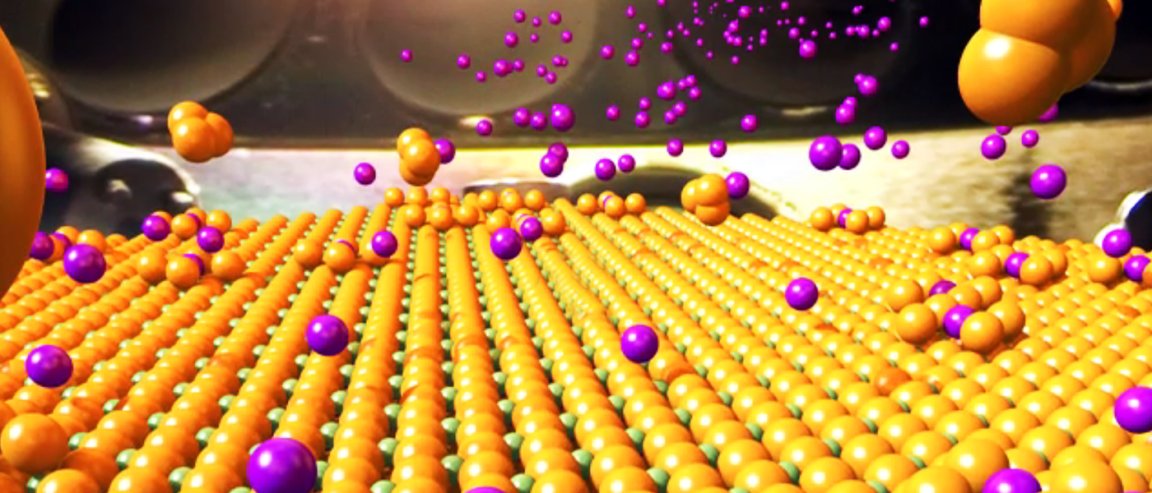
The Mockery that is Quantum Physics
Superconductivity is a characteristic that allows a material to transmit electricity with little or no resistance. Unlike conventional wiring, a superconductive material can allow the transmission of electricity without losing any energy, and without heating up.
The problem, however, is that most superconductive materials have a challenging prerequisite: cryogenic temperatures. At cold temperatures, there is less heat and energy in a material (such as wire) to cause the electrons to move in different directions—which causes electrical resistance and further heating up.
This makes conventional superconductive materials useless at room temperature. These materials are much less competent in facilities where heating up is inevitable, and where they are most needed.
In 1986, copper-oxide compounds called cuprates were found to have the capability to maintain superconductivity without resistance at temperatures hundreds of degrees above the ultra-chilled temperatures conventional superconductors require.
Watch this video to see superconductors at work:

This unique trait could enable lossless power grids, powerful supercomputers, more cost-efficient transit systems that rely on magnetic levitation, and will generally change the way energy is produced, transmitted, and used. Subsequently, devices and machinery design will also change. Scientists have been trying to find out how this all works in the hopes of applying this in engineering future materials.
Now, physicists at the U.S. Department of Energy’s (DOE) Brookhaven National Laboratory have figured it out. The answer, however, is making them once again throw away previous beliefs in the way particles behave—a consistent joke quantum physics plays.
30 Years for a Punchline
Quantum physics is a patient science: after spending 30 years seeking out answers, scientists find that they have been looking at their experiments the wrong way, despite the fact that they’ve been applying fundamentals that have been “correct” decades before.
“Solving the enigma of high-temperature superconductivity has been the focus of condensed matter physics for more than 30 years,” said study leader Ivan Bozovic, a senior physicist in Brookhaven Lab’s Condensed Matter Physics and Materials Science Department. “Our experimental finding provides a basis for explaining the origin of high-temperature superconductivity in the cuprates—a basis that calls for an entirely new theoretical framework.”
Analysis of thousands of cuprate samples show this ability depends on the density of electron pairs or the number of electron pairs per unit area. This is contradictory to the standard theory of superconductivity, which states that it’s the strength of the electron pairing interaction that controls this critical temperature.
Apart from this, their measurements show a precise linear relationship between the electron pair density and critical temperature. As more dopants (impurities added to superconductors to modulate their electrical properties) were added, both these aspects decreased until no electrons were pairing up. This is another contradiction because LCSOs were expected to become more resistive the more they are overdoped.
“Disorder, phase separation, or electron pair breaking would have the reverse effect by introducing scattering that impedes the flow of electrons, thus making the material more resistive, i.e. less metallic,” said Bozovic.
Cuprates are known to have smaller local pairs of electrons than conventional superconductors. The scientists are now off to find out what makes electron pairs so small in these superconductors.